It looks like you're using an Ad Blocker.
Please white-list or disable AboveTopSecret.com in your ad-blocking tool.
Thank you.
Some features of ATS will be disabled while you continue to use an ad-blocker.
share:
a reply to: InachMarbank
The ISS sees atmospheric temperature swings from about 50 degrees to -148 degrees. They have multiple thermal protection systems on the ISS that are more than capable of handling temperatures caused by solar radiation, and there isn't enough atmosphere around them to heat up, because the molecules are so few, and so far apart, there's no heat transfer in the atmosphere. So in addition to their thermal protections, the extreme cold that they see also helps protect them against any heat.
The ISS sees atmospheric temperature swings from about 50 degrees to -148 degrees. They have multiple thermal protection systems on the ISS that are more than capable of handling temperatures caused by solar radiation, and there isn't enough atmosphere around them to heat up, because the molecules are so few, and so far apart, there's no heat transfer in the atmosphere. So in addition to their thermal protections, the extreme cold that they see also helps protect them against any heat.
a reply to: InachMarbank
Tides. Have been understood and have been predicted and tide timetables have been published for ages.
Probably wasting my breath but in the interest of Denying Ignorance":
"lunar day is how long it takes for one point on the Earth to make one complete rotation and end up at the same point in relation to the moon. The reason that a lunar day is longer than a normal 24-hour day is because the moon rotates around the Earth in the same direction that the Earth is spinning. It takes the Earth an extra 50 minutes to “catch up” to the moon.
Tides are very long waves that move across the oceans. They are caused by the gravitational forces exerted on the earth by the moon, and to a lesser extent, the sun. When the highest point in the wave, or the crest, reaches a coast, the coast experiences a high tide. When the lowest point, or the trough, reaches a coast, the coast experiences a low tide.
Imagine the ocean is shaped like a football pointing at the moon. The football’s pointed ends represent the parts of the Earth experiencing high tide and the football’s flat sides are the parts of the earth experiencing low tide.
The point facing the moon is formed because the gravitational pull of the moon is strongest on whichever side of the Earth faces it. Gravity pulls the ocean towards the moon and high tide occurs.
The bulge on the far side of the Earth is caused by inertia. The water moving away from the moon resists the gravitational forces that attempt to pull it in the opposite direction. Because the gravitational pull of the moon is weaker on the far side of the Earth, inertia wins, the ocean bulges out and high tide occurs.
As the Earth spins, different areas of the planet face the moon, and this rotation causes the tides to cycle around the planet.
NOS scientists advanced tidal recording systems as well as satellite imagery to monitor tides and water levels. These data are used to predict ocean behavior in order to protect our coasts and coastal communities.
Search Our Facts
Here:
oceanservice.noaa.gov...#:~:text=They%20are%20caused%20by%20the,coast%20experiences%20a%20high%20tide.
Tides. Have been understood and have been predicted and tide timetables have been published for ages.
Probably wasting my breath but in the interest of Denying Ignorance":
"lunar day is how long it takes for one point on the Earth to make one complete rotation and end up at the same point in relation to the moon. The reason that a lunar day is longer than a normal 24-hour day is because the moon rotates around the Earth in the same direction that the Earth is spinning. It takes the Earth an extra 50 minutes to “catch up” to the moon.
Tides are very long waves that move across the oceans. They are caused by the gravitational forces exerted on the earth by the moon, and to a lesser extent, the sun. When the highest point in the wave, or the crest, reaches a coast, the coast experiences a high tide. When the lowest point, or the trough, reaches a coast, the coast experiences a low tide.
Imagine the ocean is shaped like a football pointing at the moon. The football’s pointed ends represent the parts of the Earth experiencing high tide and the football’s flat sides are the parts of the earth experiencing low tide.
The point facing the moon is formed because the gravitational pull of the moon is strongest on whichever side of the Earth faces it. Gravity pulls the ocean towards the moon and high tide occurs.
The bulge on the far side of the Earth is caused by inertia. The water moving away from the moon resists the gravitational forces that attempt to pull it in the opposite direction. Because the gravitational pull of the moon is weaker on the far side of the Earth, inertia wins, the ocean bulges out and high tide occurs.
As the Earth spins, different areas of the planet face the moon, and this rotation causes the tides to cycle around the planet.
NOS scientists advanced tidal recording systems as well as satellite imagery to monitor tides and water levels. These data are used to predict ocean behavior in order to protect our coasts and coastal communities.
Search Our Facts
Here:
oceanservice.noaa.gov...#:~:text=They%20are%20caused%20by%20the,coast%20experiences%20a%20high%20tide.
edit on 28-6-2023 by Oldcarpy2 because: (no reason given)
originally posted by: Zaphod58
a reply to: InachMarbank
The ISS sees atmospheric temperature swings from about 50 degrees to -148 degrees. They have multiple thermal protection systems on the ISS that are more than capable of handling temperatures caused by solar radiation, and there isn't enough atmosphere around them to heat up, because the molecules are so few, and so far apart, there's no heat transfer in the atmosphere. So in addition to their thermal protections, the extreme cold that they see also helps protect them against any heat.
My understanding, which may be incorrect, is that it’s the suns infra red waves that contribute to most of the heating effects.
Because infra red is radiant heat (a wave in the light spectrum) that requires no molecular transfer (the heat that travels through near empty space to earth) it would heat up a space vessel. Much like the sun manages to warm the earth.
How would a cooling system shed this absorbed radiant heat back into space if there are near no molecules in space to transfer it to?
a reply to: NorthOfStuffx2
The ISS has a passive and active thermal control system. They have a multilayer insulation system made of Mylar and dacron. The Mylar prevents solar radiation from passing through it. The dacron keeps the mylar separated. The MLI covers the entire station, except the windows. It keeps both solar radiation, and the extreme cold of space out. The internal temperature tends to rise due to the power going through the wiring inside, because the insulation is so good.
That's where the Active Thermal Control System comes in to play. ATCS is a closed loop water cooling system. It uses cold plates and heat exchangers. Cold water is circulated through the system, collecting heat from the station. The water is sent to a second loop that transfers the heat from the water to ammonia, which then circulates into radiators on the outside of the station. The radiators vent the heat as infrared radiation, and the ammonia cycles back through the heat system.
The ISS has a passive and active thermal control system. They have a multilayer insulation system made of Mylar and dacron. The Mylar prevents solar radiation from passing through it. The dacron keeps the mylar separated. The MLI covers the entire station, except the windows. It keeps both solar radiation, and the extreme cold of space out. The internal temperature tends to rise due to the power going through the wiring inside, because the insulation is so good.
That's where the Active Thermal Control System comes in to play. ATCS is a closed loop water cooling system. It uses cold plates and heat exchangers. Cold water is circulated through the system, collecting heat from the station. The water is sent to a second loop that transfers the heat from the water to ammonia, which then circulates into radiators on the outside of the station. The radiators vent the heat as infrared radiation, and the ammonia cycles back through the heat system.
a reply to: andy06shake
Again, if the moon was what caused tides, there would only be 1 high tide, and 1 low tide, in a 24 hour and 50 minute period. But there are in fact 2 high and 2 low tides in that time period.
In other words, when the moon is above San Francisco, there is high tide, and when the moon is above the other side of Earth over Tokyo, there is again a high tide in San Francisco.
That’s like saying when I pull you toward me from the front you move toward me, but when I pull you toward me from the back you move away from me. Does that make sense to you?
Again, if the moon was what caused tides, there would only be 1 high tide, and 1 low tide, in a 24 hour and 50 minute period. But there are in fact 2 high and 2 low tides in that time period.
In other words, when the moon is above San Francisco, there is high tide, and when the moon is above the other side of Earth over Tokyo, there is again a high tide in San Francisco.
That’s like saying when I pull you toward me from the front you move toward me, but when I pull you toward me from the back you move away from me. Does that make sense to you?
edit on 28-6-2023 by InachMarbank because: (no reason given)
a reply to: Zaphod58
If the electromagnetic radiation in the thermosphere can heat the air particles there up to 2000 degrees Celsius, why doesn’t the ISS absorb that radiation?
Never mind I saw your reply to NorthofStuffx2. I guess that sounds plausible…
If the electromagnetic radiation in the thermosphere can heat the air particles there up to 2000 degrees Celsius, why doesn’t the ISS absorb that radiation?
Never mind I saw your reply to NorthofStuffx2. I guess that sounds plausible…
edit on 28-6-2023 by InachMarbank because: (no reason given)
a reply to: andy06shake
I guess I will reply the same thing to you, too. I think the glass shattered by a build up of pressure in the atmosphere over high population dense areas in the ancient past.
I guess I will reply the same thing to you, too. I think the glass shattered by a build up of pressure in the atmosphere over high population dense areas in the ancient past.
a reply to: UpThenDown
Your wonder at the engineering feat of the glass ceiling should be matched by your wonder at the engineering feat of earth.
Your wonder at the engineering feat of the glass ceiling should be matched by your wonder at the engineering feat of earth.
a reply to: InachMarbank
That’s one gigantic meteorite. It didn’t even leave a crater either. Nor did it leave any other traces of meteorite material except for tiny traces inside the pure glass.
That because the meteor exploded in airburst above ground
en.wikipedia.org...
The Chelyabinsk meteor of 2013 was only 60 feet , about size of tractor trailer, exploded with force of 500 KT
Depending on material of meteor, stone, stony iron, iron nickel, ice, carboneous chondrite will hold together for various
altitudes before exploding Also depends on entry speed and angles
Iron nickel because of strength and density will often reach the ground
The radiative heat released is capable of flash melting of materials on earth
a reply to: InachMarbank
The ISS uses cooling systems to keep it from absorbing the radiation, and to keep it cool. There are plenty of systems that are more than capable of handling temperatures that high and keep whatever they're protecting cool.
The ISS uses cooling systems to keep it from absorbing the radiation, and to keep it cool. There are plenty of systems that are more than capable of handling temperatures that high and keep whatever they're protecting cool.
a reply to: InachMarbank
The moon pulls the water towards it on the near side. Inertia tries to keep it in place, so on the other side, where the gravitational force is weaker, the inertia succeeds and pulls the water away from the moon, so you get two bulges. The two bulges are kept in balance and rotate as the moon rotates around the earth.
Some places do have one tide a day. They're only affected by one of the bulges, so they only see one tide. Most places see two tides a day, because they're affected by both bulges.
science.howstuffworks.com...
The moon pulls the water towards it on the near side. Inertia tries to keep it in place, so on the other side, where the gravitational force is weaker, the inertia succeeds and pulls the water away from the moon, so you get two bulges. The two bulges are kept in balance and rotate as the moon rotates around the earth.
Some places do have one tide a day. They're only affected by one of the bulges, so they only see one tide. Most places see two tides a day, because they're affected by both bulges.
science.howstuffworks.com...
a reply to: tachyonator9
1st video.Old analog video transferred over to digital. did you see the artifacting of the resolution? Its a unclear picture,and old vid has a habit of being mis colored from age and decay of the tape. the second is DIGITAL and color corrected. the moon isnt brown its dark gray and regular gray which have a reflective quality with modern cameras.
"the first man",and "the faux documentary of kubric" are being edited together in some ways to support the fake moon landing narrative. I assure you look up at the moon you can see the vehicles they left behind if you look in the right location.
1st video.Old analog video transferred over to digital. did you see the artifacting of the resolution? Its a unclear picture,and old vid has a habit of being mis colored from age and decay of the tape. the second is DIGITAL and color corrected. the moon isnt brown its dark gray and regular gray which have a reflective quality with modern cameras.
"the first man",and "the faux documentary of kubric" are being edited together in some ways to support the fake moon landing narrative. I assure you look up at the moon you can see the vehicles they left behind if you look in the right location.
a reply to: yuppa
To start from the end, you again misunderstood my post. Never did i say or imply Moon landings were faked or that Kubrick faked them. I was always clearly referring to the FACT they hid what is really on the Moon and real conditions there.
As for your "arguments" about "analog video transferred over to digital" and "old vid has a habit of being mis colored from age and decay of the tape", lol. Digitizing a video does not turn gray video into a color video, neither does dacay of a tape. Second video is not DIGITAL and color corrected but DIGITAL and color REMOVED.
Your "arguments" are absolutely ridiculous to say the least. And your claim "moon isnt brown its dark gray and regular gray" is 100% WRONG. Now, try to use your intelligence FOR A CHANGE.
Moon looks washed out and gray from almost 400,000km away but tons of early photos and videos (altho most got decolorized and decontrasted etc) show clearly Moon is brown, NOT gray. And not only old ones, let's start with new ones, like Chinese lander Chang'e 3. Altho their suppression is most extreme, just a nuance less than NASA, they at least showed the real color of the surface and it is brown. But they faked everything else, for example video of approach and landing is 100% black and white, Moon map behind the Chinese speaker is 100% black and white, yet surface photos are brown.
And to go back to Apollo, we also see Moon is brown.
As it is in so many early photos, all of which i already shared.
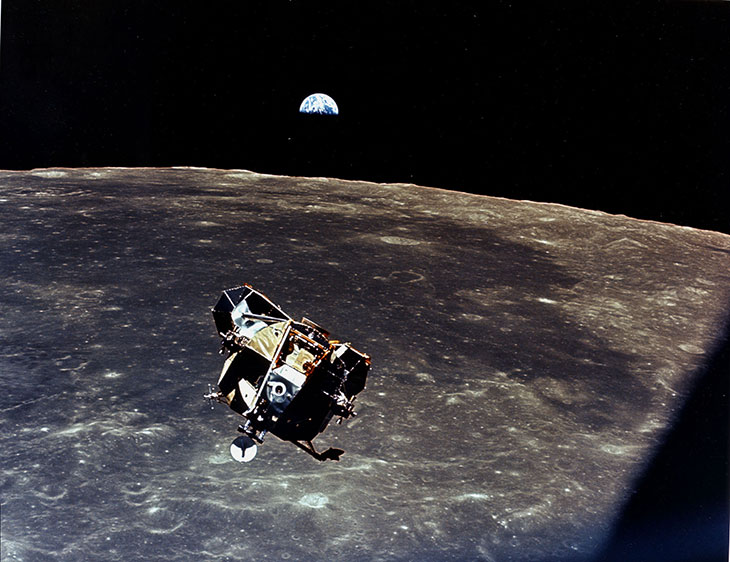
BTW, as i said before, it is 100% impossible for you to believe this now, but all bright dots in this photo, as well as in second to last video above are cities - below is a crop of bottom-left corner showing dozens if not hundreds of cities.
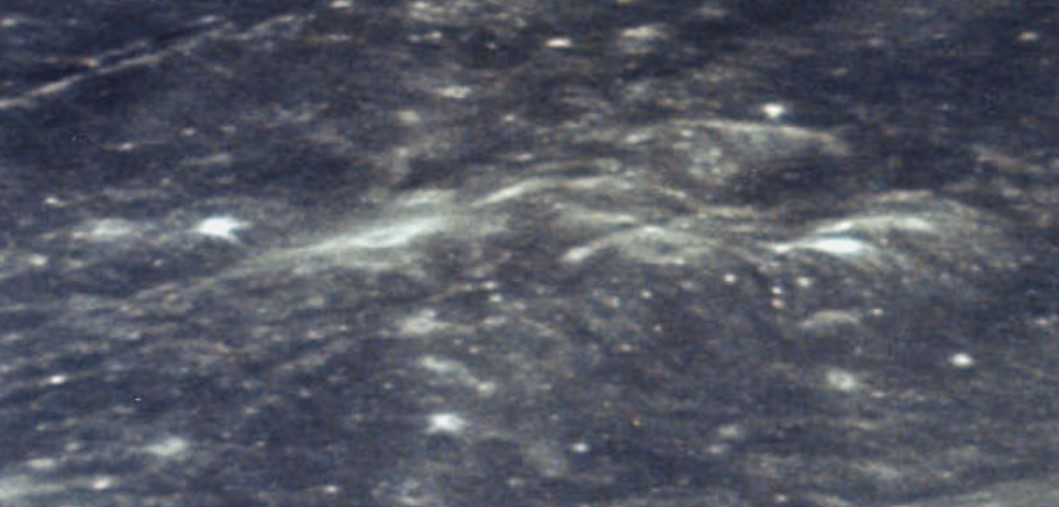
And screenshot from the video showing 4 major cities and number of smaller ones.
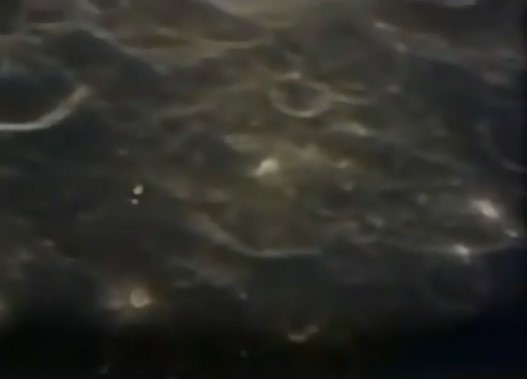
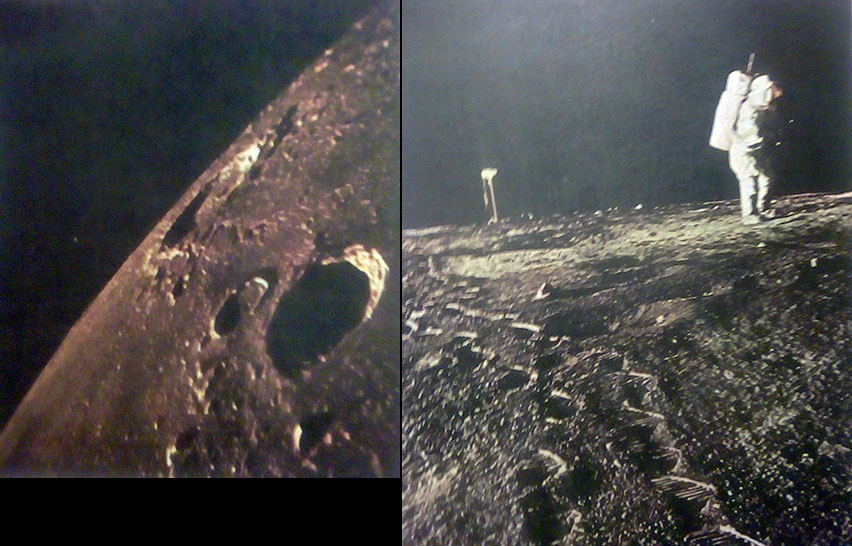
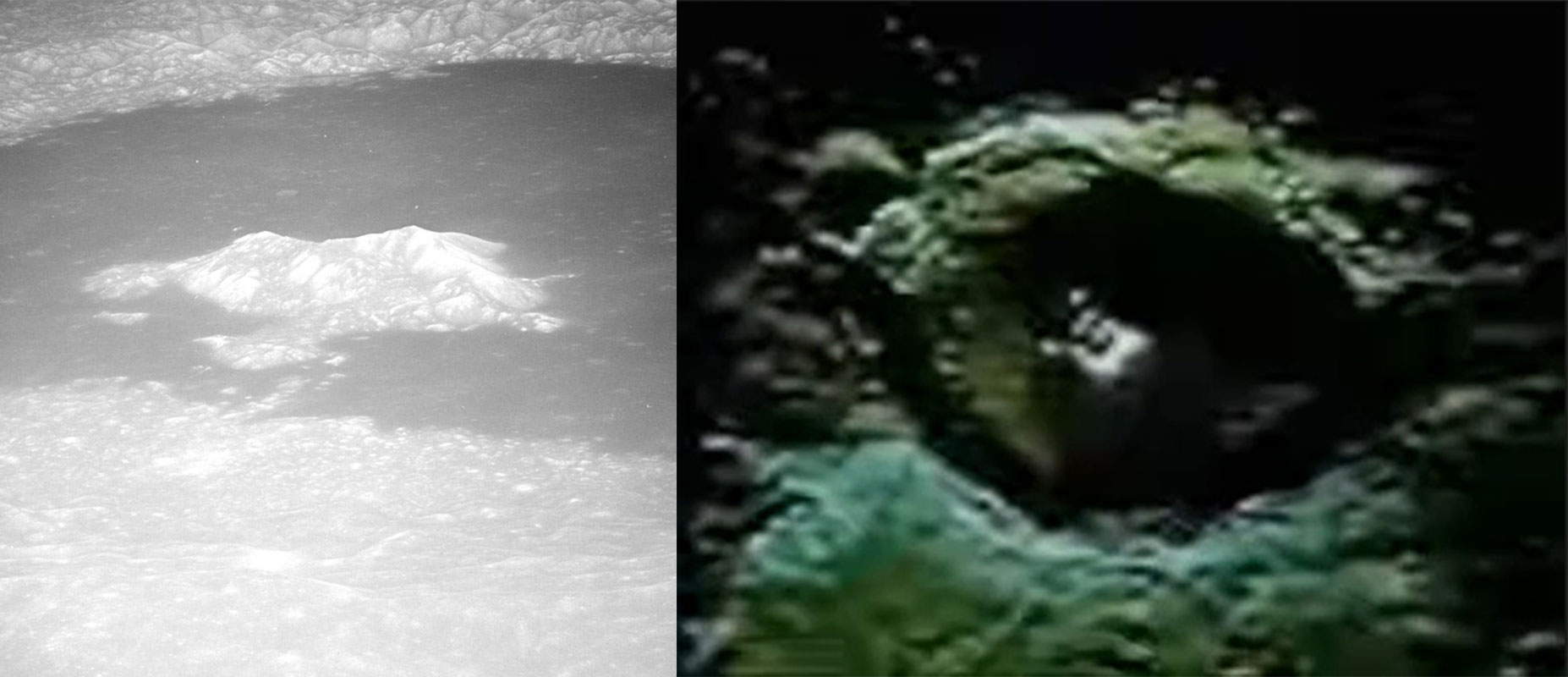
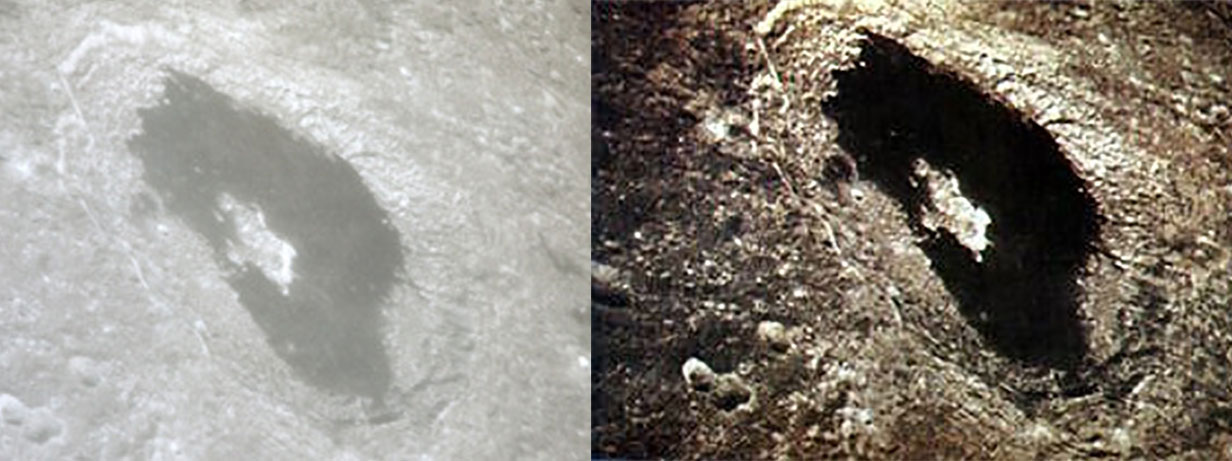
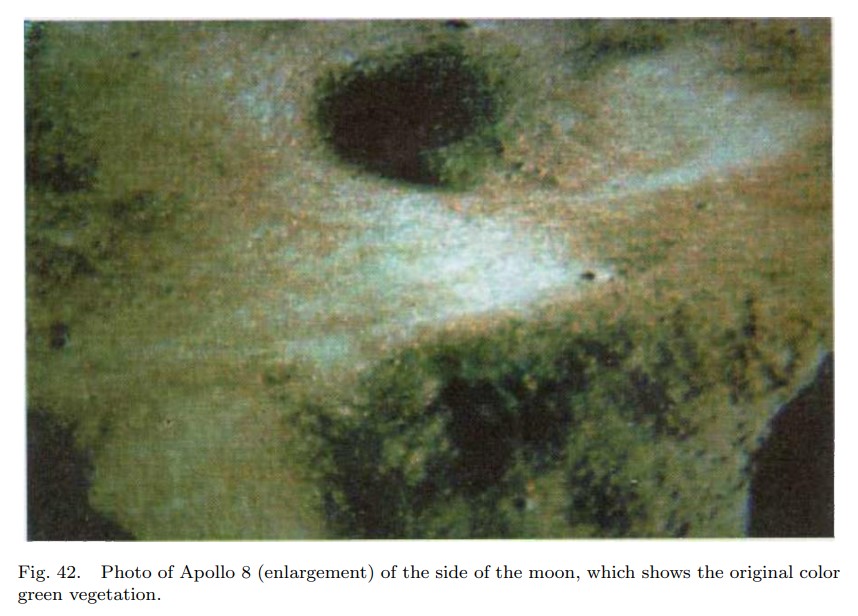
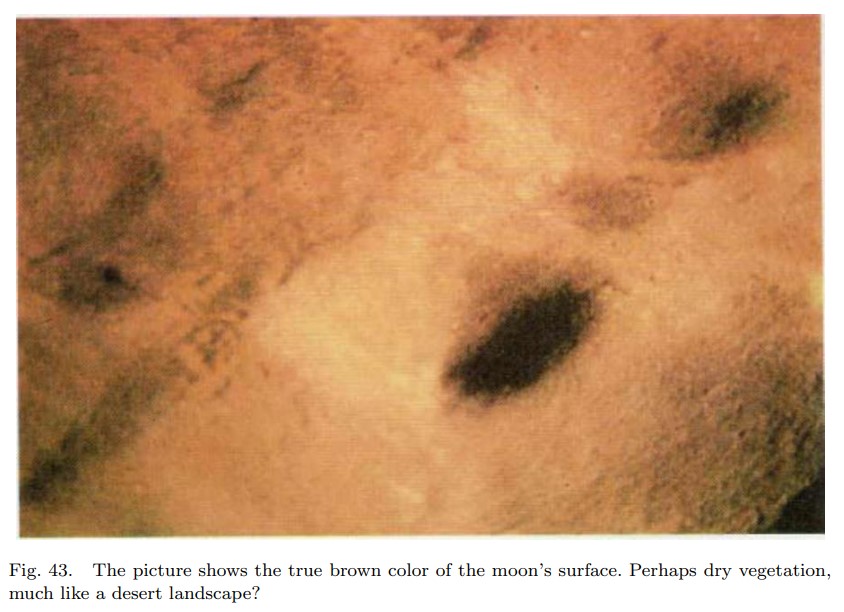
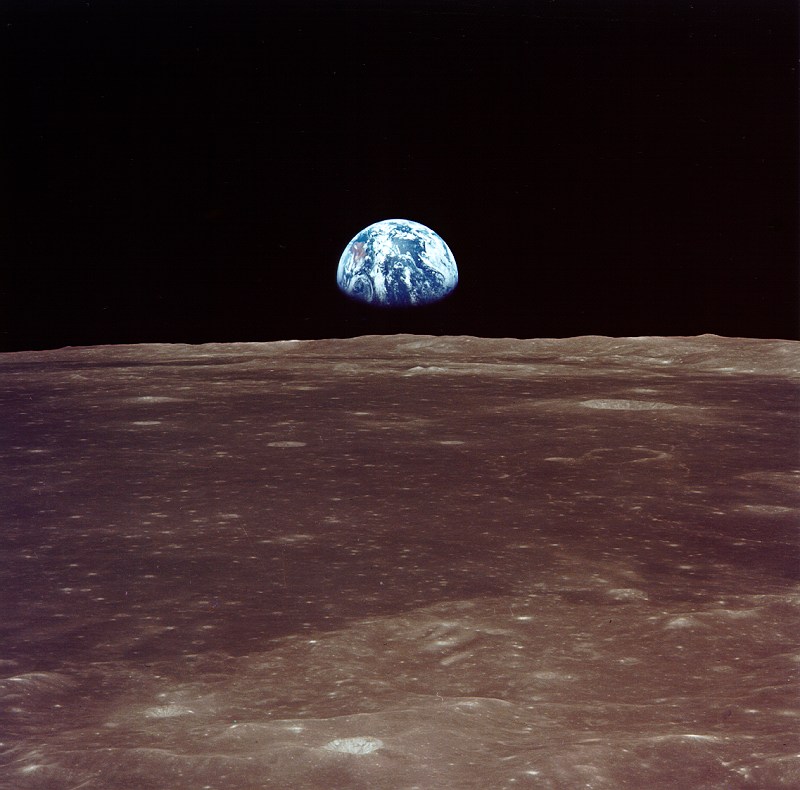
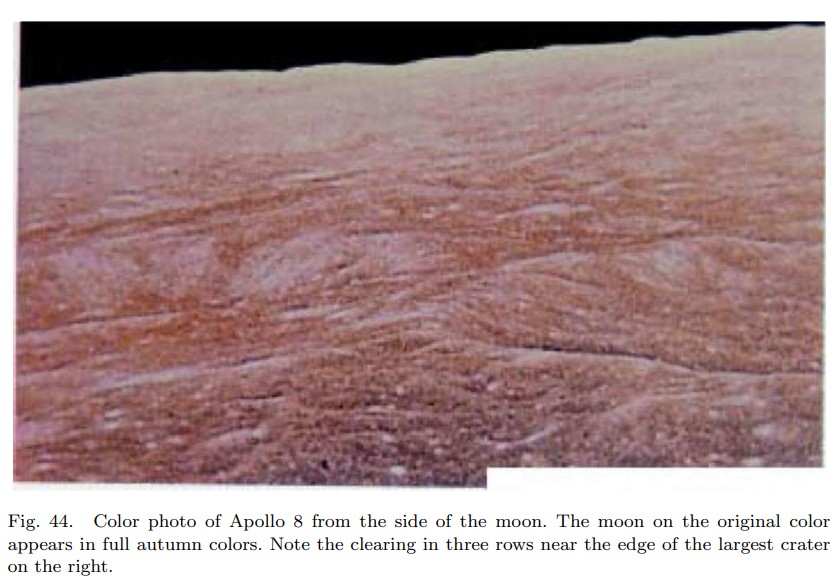
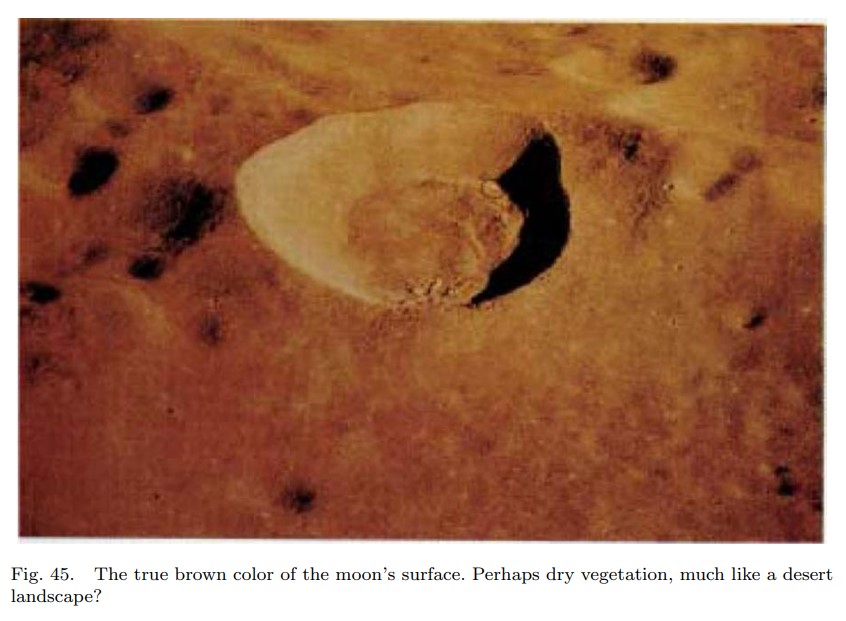
And Zond 7 color shots
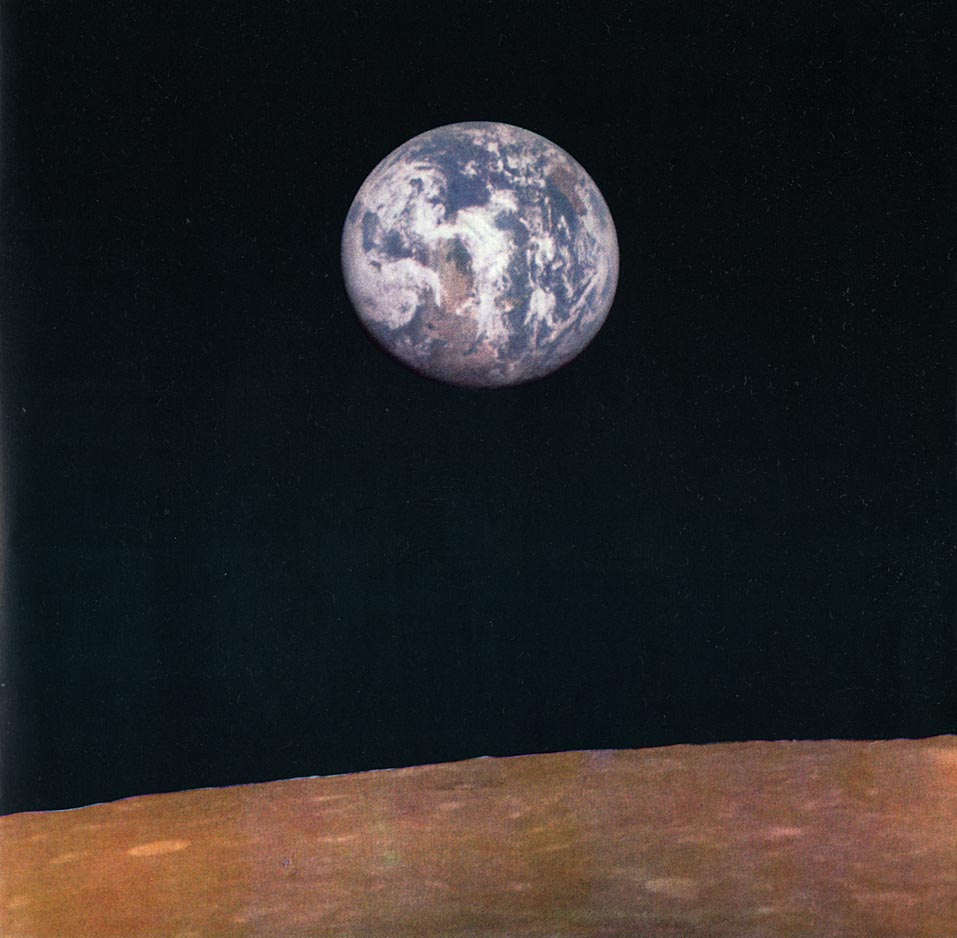
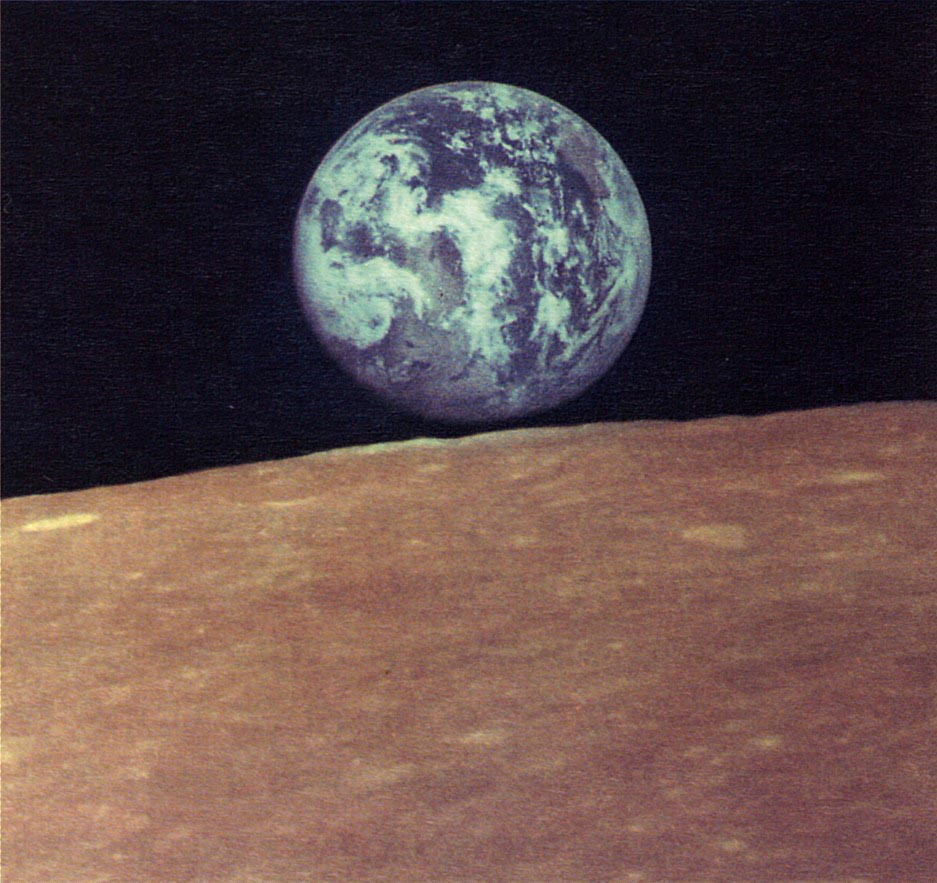
And Lake Tsiolkovsky in full color, negatives given to Vladimir Terziski. Two smaller lakes one of which is ironically named "Waterman" are seen in the first photo in the distance, 70km to the south. Cities are clearly seen along the coast as bright white areas, seen even better in the crop below.
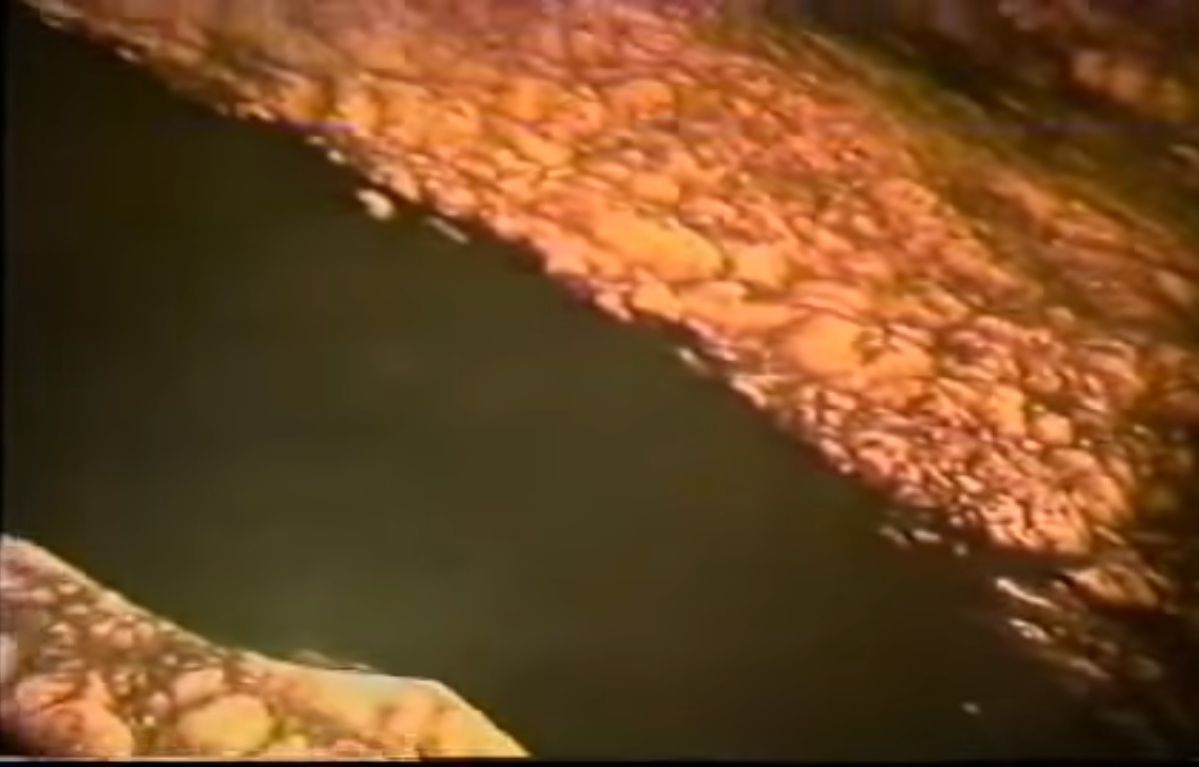
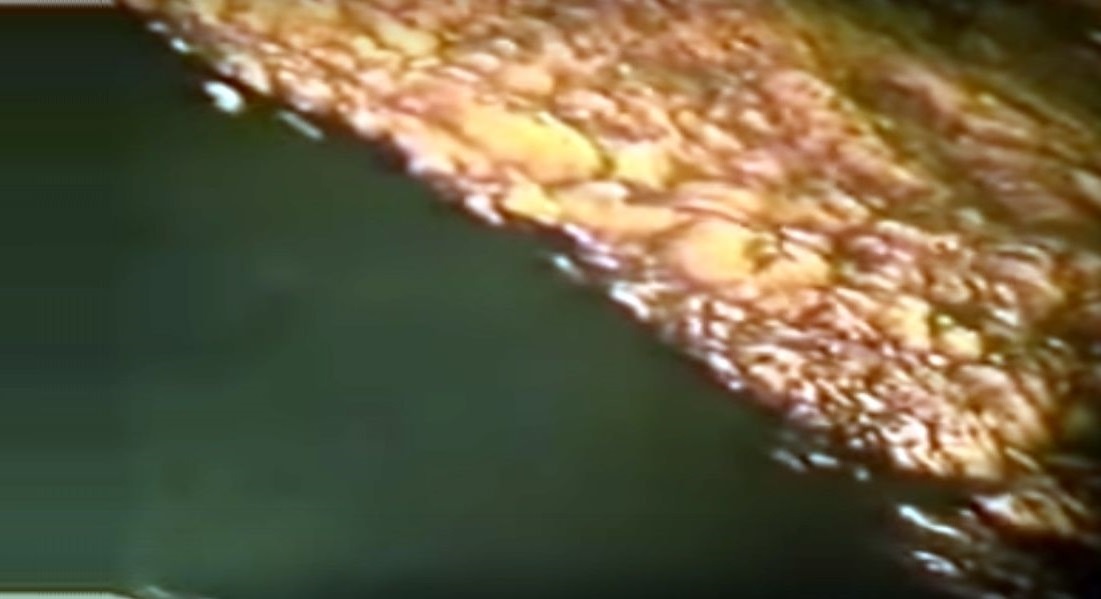
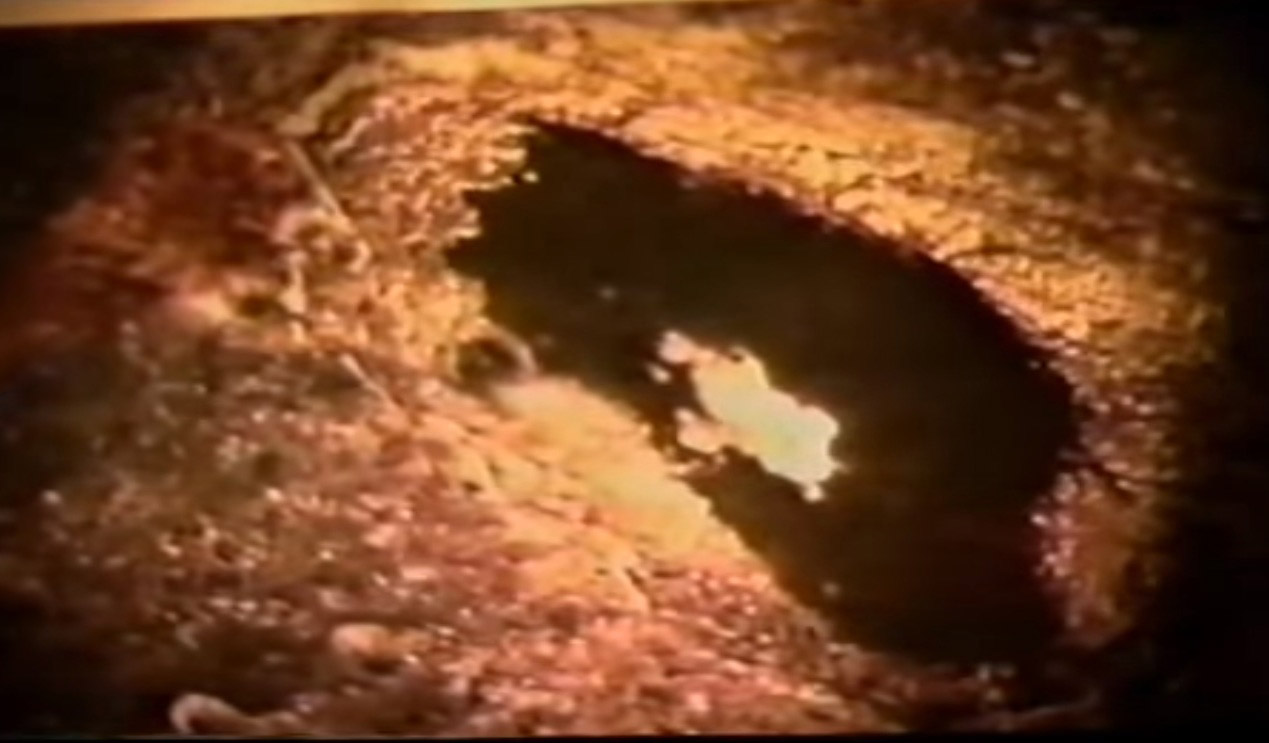
And crop of AS08-12-2196 showing Lake Tsiolkovsky
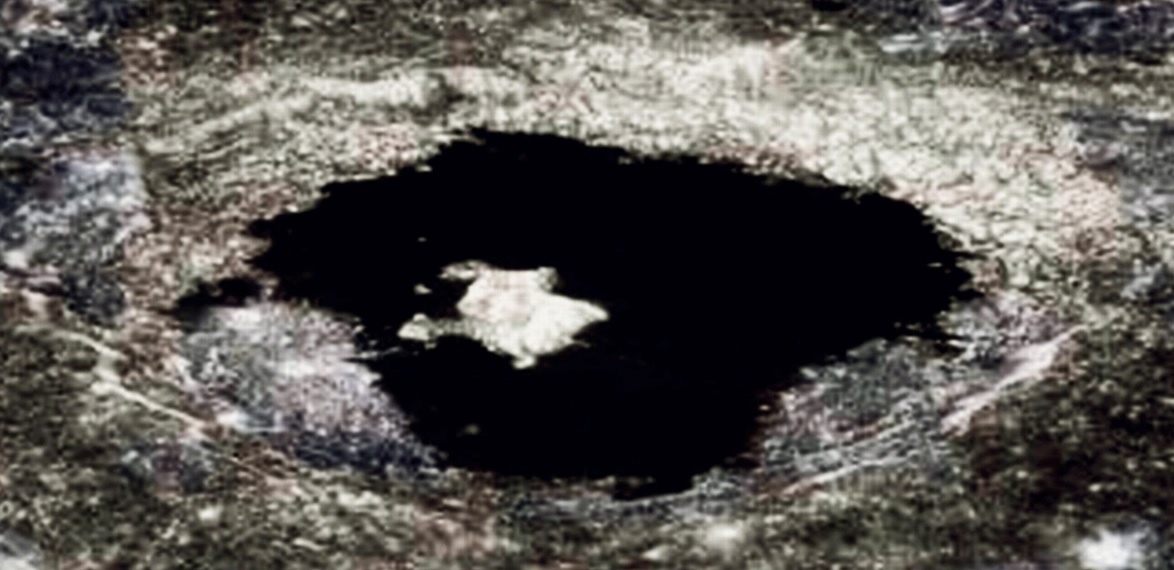
And crop of the bottom-right part of the crop showing coastal cities close up
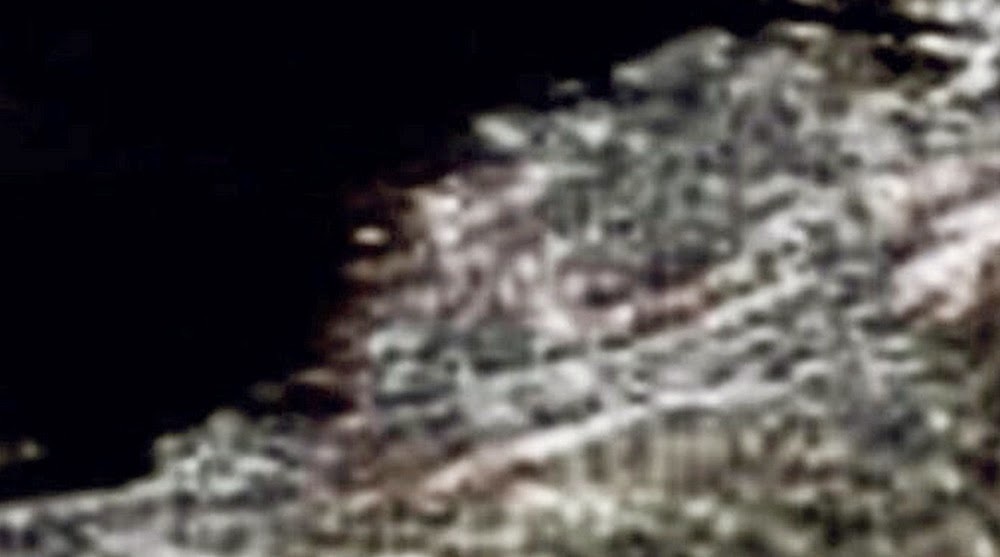
And last but not least testimony of Sgt Karl Wolfe who was killed few years ago in an "accident".
You still claim Moon is gray?
To start from the end, you again misunderstood my post. Never did i say or imply Moon landings were faked or that Kubrick faked them. I was always clearly referring to the FACT they hid what is really on the Moon and real conditions there.
As for your "arguments" about "analog video transferred over to digital" and "old vid has a habit of being mis colored from age and decay of the tape", lol. Digitizing a video does not turn gray video into a color video, neither does dacay of a tape. Second video is not DIGITAL and color corrected but DIGITAL and color REMOVED.
Your "arguments" are absolutely ridiculous to say the least. And your claim "moon isnt brown its dark gray and regular gray" is 100% WRONG. Now, try to use your intelligence FOR A CHANGE.
Moon looks washed out and gray from almost 400,000km away but tons of early photos and videos (altho most got decolorized and decontrasted etc) show clearly Moon is brown, NOT gray. And not only old ones, let's start with new ones, like Chinese lander Chang'e 3. Altho their suppression is most extreme, just a nuance less than NASA, they at least showed the real color of the surface and it is brown. But they faked everything else, for example video of approach and landing is 100% black and white, Moon map behind the Chinese speaker is 100% black and white, yet surface photos are brown.
And to go back to Apollo, we also see Moon is brown.
As it is in so many early photos, all of which i already shared.

BTW, as i said before, it is 100% impossible for you to believe this now, but all bright dots in this photo, as well as in second to last video above are cities - below is a crop of bottom-left corner showing dozens if not hundreds of cities.

And screenshot from the video showing 4 major cities and number of smaller ones.









And Zond 7 color shots


And Lake Tsiolkovsky in full color, negatives given to Vladimir Terziski. Two smaller lakes one of which is ironically named "Waterman" are seen in the first photo in the distance, 70km to the south. Cities are clearly seen along the coast as bright white areas, seen even better in the crop below.



And crop of AS08-12-2196 showing Lake Tsiolkovsky

And crop of the bottom-right part of the crop showing coastal cities close up

And last but not least testimony of Sgt Karl Wolfe who was killed few years ago in an "accident".
You still claim Moon is gray?
edit on 29-6-2023 by tachyonator9 because: (no reason given)
Lake Tsiolkovsky how it officially looks, photo taken from wikipedia, this is your "truth", the only "reality" you know. This is your Truman Show and
i don't think you're about to escape it any time soon.
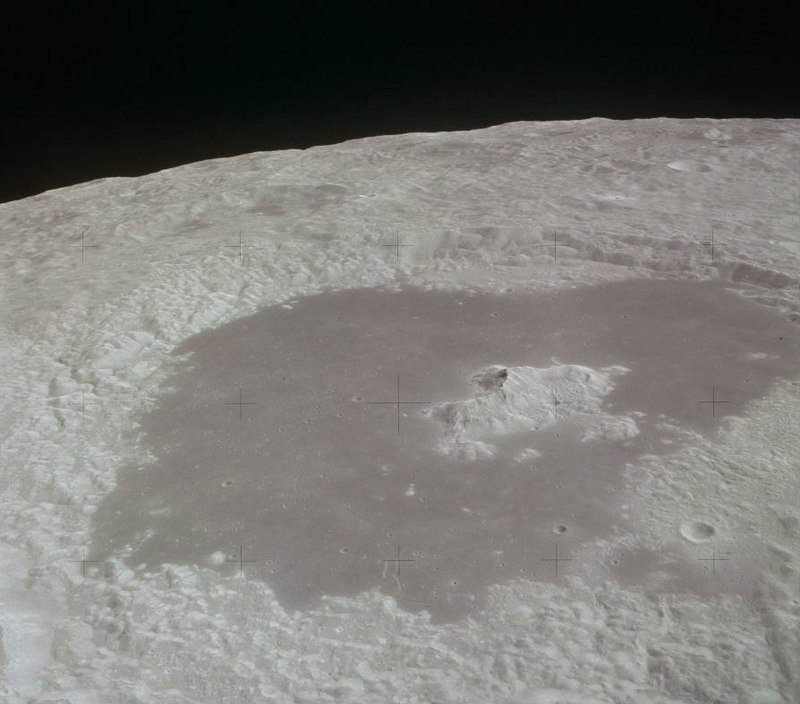
And another Chang'e 3 frame
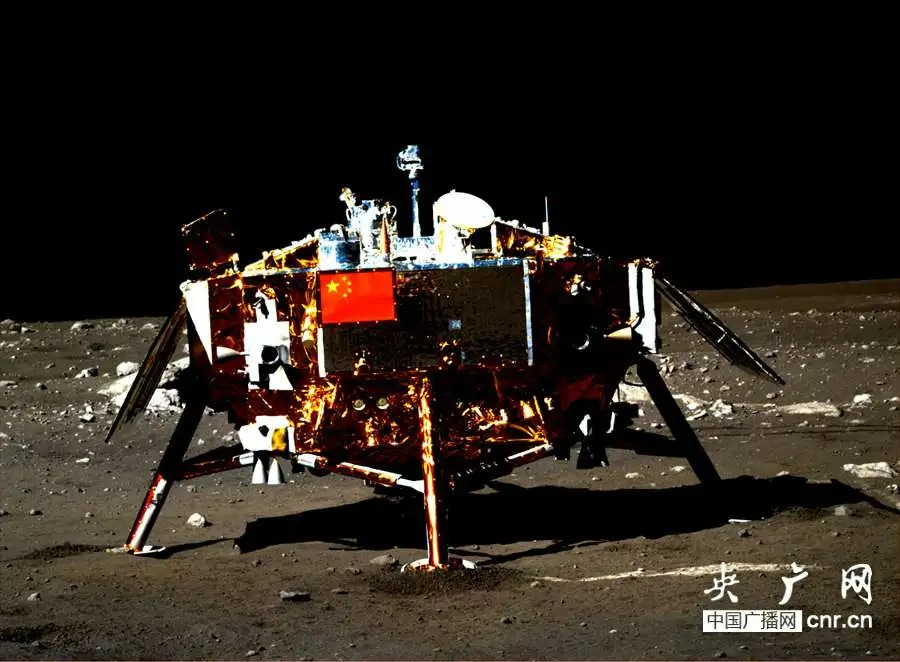

And another Chang'e 3 frame

edit on 29-6-2023 by tachyonator9 because: (no reason given)
From Buck Nelson My Trip to Mars, the Moon and Venus
We got back into the space ship and the gauges were set, this time to gradually get the ship ready for the moon’s pressure. Our next stop was on the light side of the moon. Again we went to the ruler’s home and we ate a meal there. This ruler’s home was built in a crater. The first room we entered seemed to be right next to the ruler’s home, it had a telescope. There were shelves which were both open and glass enclosed and tables holding rock samples. The quarries on the moon furnish rock for buildings on other very old planets where the surface has disintegrated into soil. There wasn’t any vegetation on the light side or earth side of the moon. The water in the homes could have come from snow on the mountains. These homes were clustered around huge hangars used for a base. I was told, for interplanetary travel. The earth is the only planet in the solar system which does not travel from one planet to another. I was told that there are rivers and lakes on the dark side (the side away from the earth) of the moon, but I didn’t see them when we stopped there because it was very hazy, but I could see the mountains. They were very high. On this second stop on the moon we ate again. Although we had just eaten a meal at the first stop, we did full justice to it too. Plenty of food and sleep seemed to be necessary. There seemed to be a little more time to look about on the moon than there was on Mars or on Venus, I was allowed to walk outside and look about a little, I took a good look at a building so that I wouldn’t get lost, as I was in strange territory, but Big Bo, the spaceman’s dog, went with Teddy and me. The spacemen had not directed Bo to go with us, not in words anyway, but I felt he was taking care of us. Children played with several sized dogs. They rode Big Bo like a pony and he would play with them too.
We got back into the space ship and the gauges were set, this time to gradually get the ship ready for the moon’s pressure. Our next stop was on the light side of the moon. Again we went to the ruler’s home and we ate a meal there. This ruler’s home was built in a crater. The first room we entered seemed to be right next to the ruler’s home, it had a telescope. There were shelves which were both open and glass enclosed and tables holding rock samples. The quarries on the moon furnish rock for buildings on other very old planets where the surface has disintegrated into soil. There wasn’t any vegetation on the light side or earth side of the moon. The water in the homes could have come from snow on the mountains. These homes were clustered around huge hangars used for a base. I was told, for interplanetary travel. The earth is the only planet in the solar system which does not travel from one planet to another. I was told that there are rivers and lakes on the dark side (the side away from the earth) of the moon, but I didn’t see them when we stopped there because it was very hazy, but I could see the mountains. They were very high. On this second stop on the moon we ate again. Although we had just eaten a meal at the first stop, we did full justice to it too. Plenty of food and sleep seemed to be necessary. There seemed to be a little more time to look about on the moon than there was on Mars or on Venus, I was allowed to walk outside and look about a little, I took a good look at a building so that I wouldn’t get lost, as I was in strange territory, but Big Bo, the spaceman’s dog, went with Teddy and me. The spacemen had not directed Bo to go with us, not in words anyway, but I felt he was taking care of us. Children played with several sized dogs. They rode Big Bo like a pony and he would play with them too.
Zooming even more into coastal cities of Lake Tsiolkovsky, obviously resolution is very limited and to most these frames will mean absolutely nothing,
but those with eyes to see will appreciate the Truth.

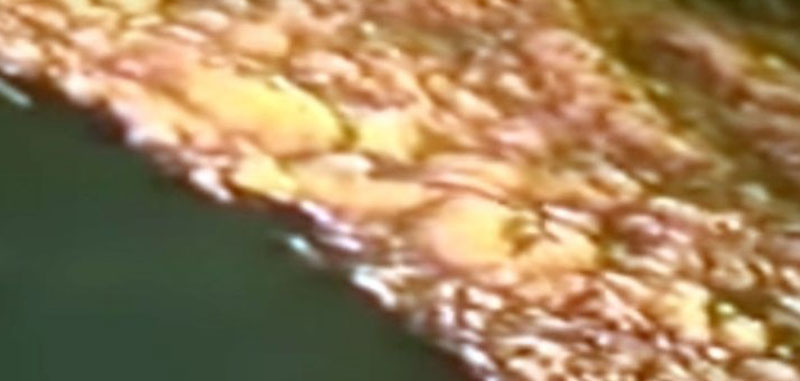
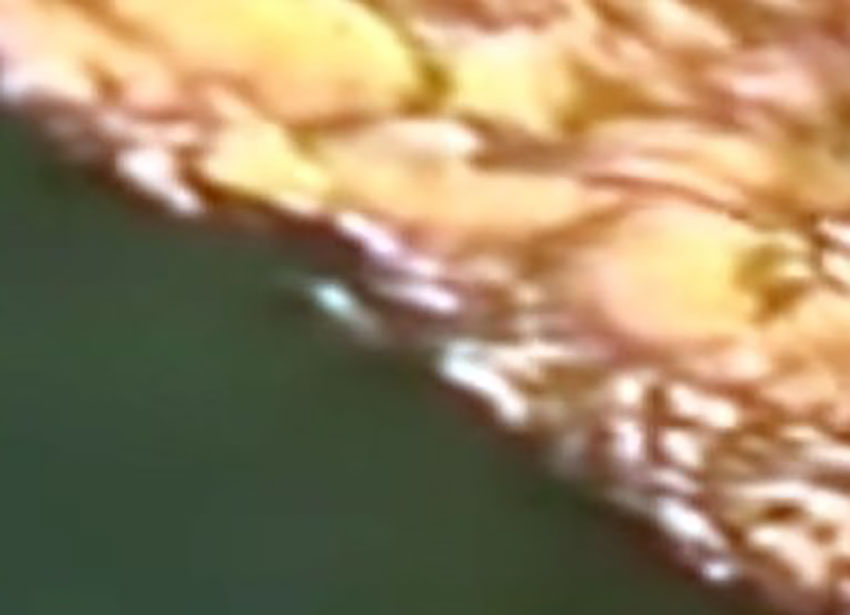



new topics
-
Potter to WHU
World Sports: 3 hours ago -
Dr. Demento
Music: 5 hours ago -
The elephant in the room (wearing a hoodie)
US Political Madness: 5 hours ago
top topics
-
The elephant in the room (wearing a hoodie)
US Political Madness: 5 hours ago, 9 flags -
Green Grapes
General Chit Chat: 16 hours ago, 7 flags -
To become president, Zelensky had to learn Ukrainian
Political Conspiracies: 12 hours ago, 6 flags -
Dr. Demento
Music: 5 hours ago, 4 flags -
Potter to WHU
World Sports: 3 hours ago, 1 flags
active topics
-
The Truth about Migrant Crime in Britain.
Social Issues and Civil Unrest • 38 • : gortex -
Dr. Demento
Music • 11 • : BeyondKnowledge3 -
To become president, Zelensky had to learn Ukrainian
Political Conspiracies • 27 • : Oldcarpy2 -
-@TH3WH17ERABB17- -Q- ---TIME TO SHOW THE WORLD--- -Part- --44--
Dissecting Disinformation • 3976 • : Thoughtful3 -
Los Angeles brush fires latest: 2 blazes threaten structures, prompt evacuations
Mainstream News • 140 • : putnam6 -
The elephant in the room (wearing a hoodie)
US Political Madness • 14 • : Edumakated -
Trump says ownership of Greenland 'is an absolute necessity'
Other Current Events • 70 • : BedevereTheWise -
The Fight for Election Integrity Continues -- Audits, Criminal Investigations, Legislative Reform
2024 Elections • 4370 • : fringeofthefringe -
What Is 'Quad Demic'? Mask Mandate Returns In These US States
Diseases and Pandemics • 42 • : Owlwatcher -
Steering the Titantic from the Drydock.
Rant • 46 • : Owlwatcher
